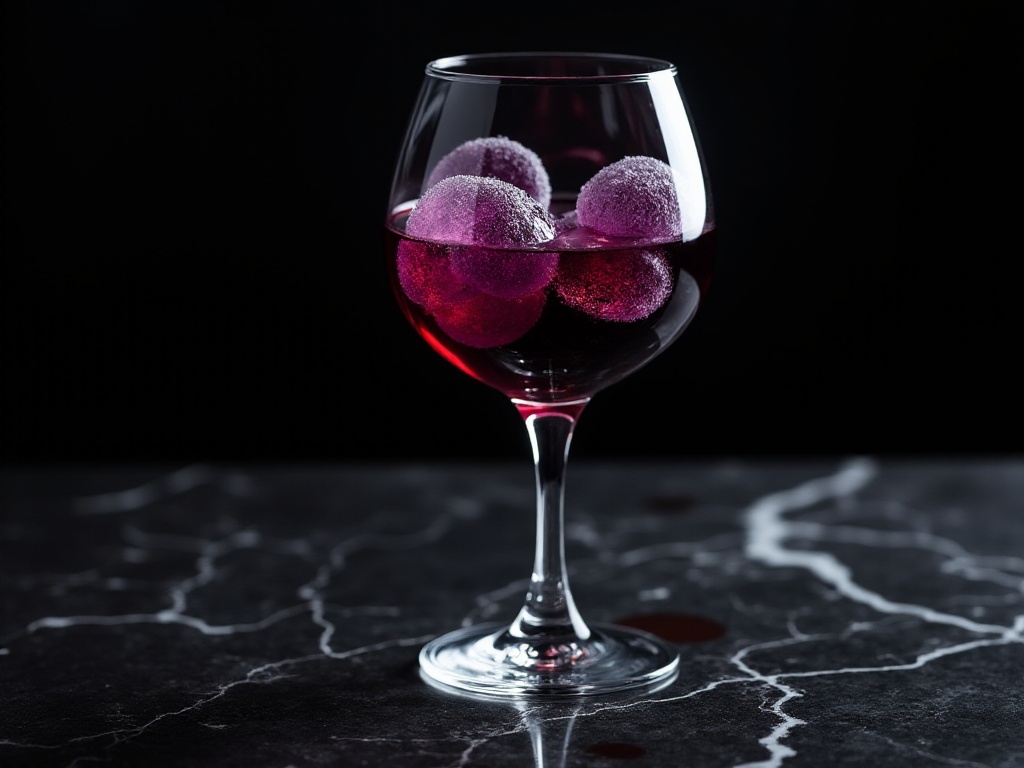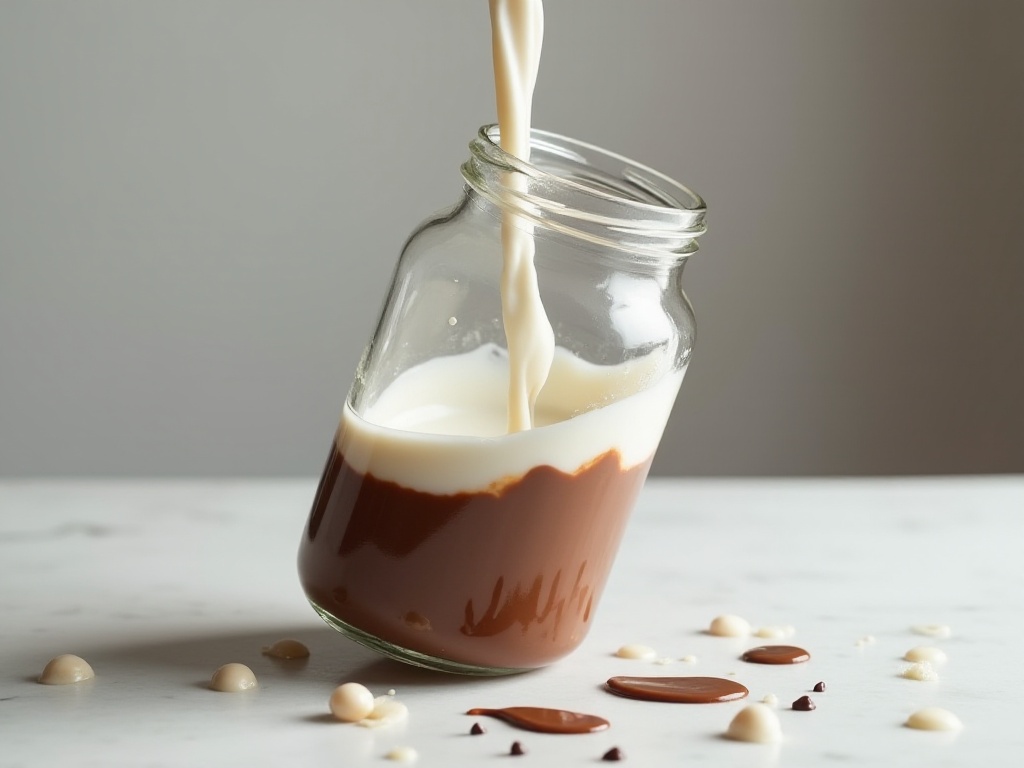Introduction
There are so many annoying things in life! Every time I organize my room it feels like going to war, household cleaning drives me crazy, and I always find myself staring blankly at my closet when choosing clothes. As someone who has been studying various life hacks since college, I've finally found a lifestyle that suits me. Over the years, I've tried various methods and recorded the most practical ones. Today I'm sharing these experiences with you, hoping to help solve various small troubles in your life.
Clever Use of Nail Polish
Key management is really a headache. Every time I stood at the door looking for keys, I felt like an idiot. Until one day, I had a sudden thought: why not use nail polish to mark the keys? So I bought several bottles of different colored nail polish, painted my house key red, car key blue, and office key green. Since then, I no longer need to fumble around in the dark night to find the right key.
I've been using this method for over three years, and the results have been really amazing. At first, I was worried that the nail polish would fall off quickly, but later found that as long as you pay attention to the application technique, there's no need to worry about this issue. My experience is: apply the first layer thinly, and after it's completely dry, apply the second layer. Two thin layers last much longer than one thick layer.
Based on my experience over these years, it needs to be reapplied about every six months. Before reapplying, use nail polish remover to wipe off the old nail polish, then apply new polish. If you think regular nail polish colors aren't eye-catching enough, there's also glow-in-the-dark nail polish available. I tried it on my car key, and the effect was really amazing, especially easy to find in the dark.
However, I should remind everyone that when choosing nail polish, it's better to pick brands that don't peel off easily. I've used some cheap nail polish before, and it started peeling off not long after. Later, I switched to well-known brands, which although more expensive, definitely last much longer. And since nail polish isn't something you need to buy often, choosing a better brand is quite worth it.
Creative Use of Bread Clips
Speaking of power cord organization, I really want to share an brilliant discovery. I remember when I first started working, the various charger cables on my desk were always a mess and very difficult to find. Once while buying bread at the supermarket, looking at the plastic clip on the sealing bag, I suddenly had an inspiration: isn't this a ready-made cable organization tool?
Since then, I started collecting these plastic clips and turned them into power cord labels. I write "Phone Charger," "Tablet," "Bluetooth Speaker," etc., on the clips with a marker, then clip the corresponding power cords. This not only prevents cables from tangling together but also makes them very easy to find.
I've been using this method for several years now, and it works extremely well. Plus, these plastic clips are particularly durable - none have broken so far. I also found that these clips are just the right size for various power cords, won't deform the cables, and aren't too loose. If the writing on the clip becomes unclear, you can easily erase and rewrite it, or use a new clip.
Later, I extended this method to organizing other cables. For example, headphone cables, data cables, network cables, etc., can all be managed this way. When storing these cables in the storage box, you can tell what cable it is just by looking at the mark on the clip, no need to take them out one by one to test anymore.
This little trick really saves time and effort, and doesn't cost anything at all. Just remember to keep the plastic clip every time you buy bread. I've now collected a lot of these clips, and they handle all the cable management both at home and in the office.

Food Preservation Tips
Recently, I learned a great beverage trick at a friend's gathering. At the time, I thought it was strange to see the host put frozen grapes in the wine. Later I learned that frozen grapes are the perfect natural ice cubes! They not only keep drinks cold but also won't dilute the drink like regular ice cubes when they melt. Plus, the grape's natural sweetness is slowly released as it melts, adding a special flavor to the drink.
Since then, I often keep a box of frozen grapes at home. Just wash fresh grapes, let them dry, put them in a storage container, and place them directly in the freezer. This way, whenever you want a cold drink, you can take them out to use. I've tried putting them in wine, juice, and soda, and they work great in all of them. Plus, frozen grapes are delicious to eat, like fruit-flavored ice cream.
I especially want to remind everyone to choose seedless grape varieties, so you can eat them directly after finishing your drink. If using seeded grapes, it's recommended to remove the seeds before freezing. Also, make sure the grapes are completely dry before freezing, so they won't form ice clumps.
Speaking of food preservation, cheese storage also requires attention to detail. I used to wrap cheese tightly in plastic wrap, but found this actually made it spoil more easily. Later, I read in a food magazine that using wax paper to wrap cheese is the most scientific method. Wax paper allows cheese to maintain appropriate air circulation, preventing both molding from too much sealing and drying from too much air exposure.
This is especially effective for hard cheeses like Parmesan and Cheddar. Now I always wrap cheese in wax paper first, then store it in a container. This way, cheese can be preserved longer, and its flavor won't change. If you notice the wax paper becoming damp, just replace it with a new sheet.
Besides preservation methods, cheese storage temperature is also important. Different types of cheese are suitable for different storage temperatures. Generally, soft cheeses should be stored in the colder area of the refrigerator (2-4 degrees), while hard cheeses can be stored in relatively warmer areas (4-8 degrees). Before eating, it's best to let cheese return to room temperature for better taste.

Cleaning Tips
Bathroom cleaning is really time-consuming and labor-intensive, especially the limescale on shower heads, which is difficult to remove thoroughly with regular cleaners. However, I discovered a super simple method: all you need is a plastic bag and white vinegar. The specific method is to pour white vinegar into the plastic bag, then secure the bag to the shower head with a rubber band, letting the shower head completely soak in the vinegar. The next morning, remove it and rinse, and the limescale will be dissolved.
I do this deep cleaning every three months. Because I've found that if the interval is too long, the accumulated limescale becomes too thick to clean easily. Plus, regular cleaning maintains water flow, making the shower experience better. I've saved quite a bit of money using this method, considering that professional descaling agents can cost dozens of yuan per bottle, while ordinary white vinegar only costs a few yuan, and the effect is no worse than those expensive cleaners.
More importantly, white vinegar is a natural cleaner, non-toxic and harmless, friendly to both the environment and health. After use, you can just pour it away without worrying about chemical residue. I've also found that white vinegar is effective for other bathroom cleaning tasks. For example, wiping tiles with white vinegar can remove water stains and soap scum; spraying white vinegar on glass doors can make the glass brighter.
However, note that white vinegar is acidic, so ensure good ventilation when using it to avoid inhaling too much vinegar smell. If you find the vinegar smell too strong, you can rinse several times with clean water after cleaning, or add a few drops of essential oil to the white vinegar, which not only reduces the vinegar smell but also adds some fresh fragrance.

Dressing Advice
In the workplace, dressing is really a profound subject. When I first started working, I spent a long time every morning wondering what to wear. After years of exploration, I've finally summarized a set of practical dressing rules. The most important thing is to invest in some versatile basic pieces, which not only saves money but also can't go wrong no matter how you match them.
For example, a well-fitted black blazer is absolutely essential for the workplace. It can be paired with a formal skirt for a very formal look, or with jeans for a casual feel. My suggestion is to choose styles that are simple in design and clean-cut, as these won't go out of style. It's best to choose fabric with a bit of elasticity, which is more comfortable to wear and doesn't wrinkle easily.
Speaking of color choice, I think neutral tones are the most practical. Colors like black, grey, and navy are versatile and durable, and don't show dirt easily. I usually choose these colors as the main tone, then accent with some bright accessories, making the overall look both steady and not too dull.
Besides basics, I think you should have several pieces that show personality. For example, a unique scarf or a special cardigan, these can make the overall outfit more interesting. But note that these personality pieces shouldn't be too exaggerated in style, or they'll easily become outdated.
When choosing clothes, I pay special attention to fabric quality. Natural fabrics like pure cotton, wool, and silk, although more expensive, are comfortable to wear and easy to maintain. Especially in summer, choosing breathable fabrics is particularly important to avoid looking disheveled.

Accessory Matching
Choosing accessories also requires attention to detail. I think for daytime occasions, it's better to keep it simple. A thin necklace, a pair of small earrings, plus a simple watch - such combinations aren't too flashy yet show personal taste. Especially in work settings, overly ornate jewelry can appear unprofessional.
But at night, especially when attending formal occasions, you can choose some more sparkly jewelry. For example, necklaces or earrings with diamond elements can make the overall look more dazzling. However, note that jewelry styles should echo the clothing style. If wearing a formal dress, jewelry can be slightly more elaborate; if wearing a simple style dress, accessories should be relatively low-key.
I have a small trick of storing jewelry separately. Work jewelry goes in one box, evening wear in another, making them very convenient to find. I also regularly clean and maintain jewelry to keep their shine. For silver pieces that easily oxidize, I store them in special anti-tarnish bags to extend their lifespan.

Experience Summary
Through years of practice and summary, I've deeply realized that many troubles in life can actually be solved with simple methods. The key is to be observant, think diligently, and have patience to try different methods. It might seem troublesome at first, but once habits are formed, you'll find life becomes much easier.
These small tricks might seem trivial, but they really can make our lives more orderly and refined. Most importantly, these methods don't require much money - just a little attention can greatly improve the quality of life.
Actually, life is made up of countless small details, and when we can handle these details well, the overall quality of life naturally improves. Moreover, this process itself is very interesting - every time you discover a new trick or solve a problem beautifully, it gives you a sense of achievement.
What do you think about these tips? Welcome to share your experiences in the comments section, and you can also tell me what other practical life hacks you know. Let's make life a bit more refined together and make every day more beautiful.
Related articles




